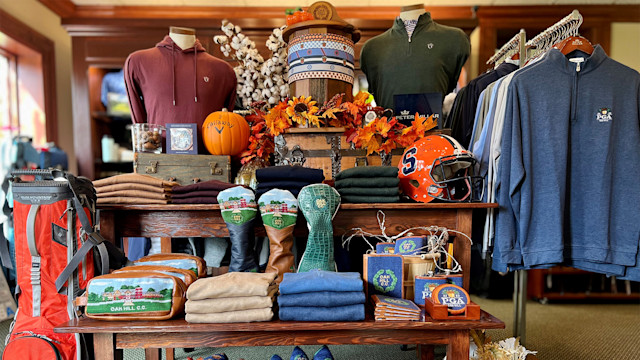Game Changers
Get to Know Megan LaMothe & the Incredible Story Behind Foray Golf
By Adam Stanley
Published on
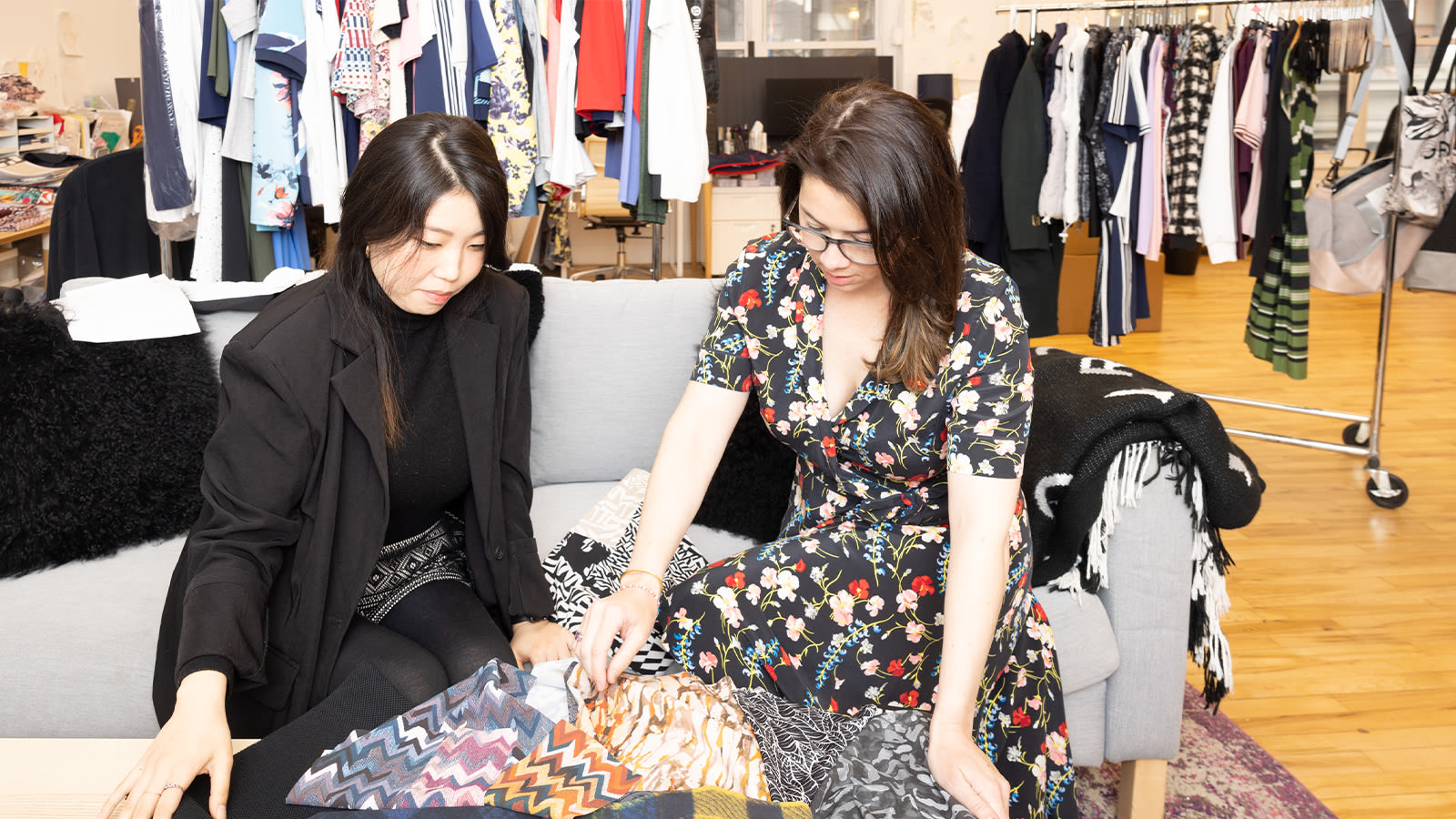
It’s Megan LaMothe’s daughter’s birthday in late October. She’s going to be seven.
And this year, she wants a sewing machine.
LaMothe, whose daughter Rae is who her fast-growing women’s golf clothing company (Foray) is named after, has quickly become one of the game’s key voices when it comes to women’s fashion. Foray, with a factory in New York’s garment district and with green-grass presence at hundreds of clubs, has given women the opportunity to feel more comfortable when they tee it up since being founded in 2016 – a year after Rae was born.
“I just had a kid,” recalls LaMothe, “How hard could it be to start a business?”
Becoming a parent, LaMothe says, was a drastic change in her values. The native of Westchester County – about 90 minutes from New York City – took her role as the first-line-of-defense and the first-line-of-education for Rae very seriously. The company is named after her, after all.

“I want her to see her mom and the people we surround ourselves with be good people, and people you admire and have attitudes and business dealings that you’d want to mimic,” says LaMothe. “Kids just learn from what they see.
“Foray is the physical manifestation of our hopes for her.”
LaMothe’s journey to golf fashion mogul hasn’t been linear – but whose entrepreneurial roadmap is? – but she couldn’t imagine doing anything else these days.
As an undergrad she studied quite the combination of art, math, and philosophy. She went to NYU for her MBA where she did a little bit of political cartooning, of all things – “I was making fun of ‘the system’ so I got booted” – but really started to engage with other women in business. She picked NYU because it had the highest percentage of women in its MBA program (it’s usually 25 percent, but NYU’s was around 40 percent. It also had the highest International student rate, which was about 50 percent, says LaMothe). She graduated in 2009, somewhat unfortunately, recalling the financial crisis that struck Wall St. at the time.
“I had a friend who had a job at Bear Stearns, lost it. Got a job at Lehman Brothers and lost it. All within 10 days. She was unemployed for 2-3 years,” says LaMothe.
LaMothe had always loved apparel and retail, however, a less-than-traditional career path for those with MBAs at the time.
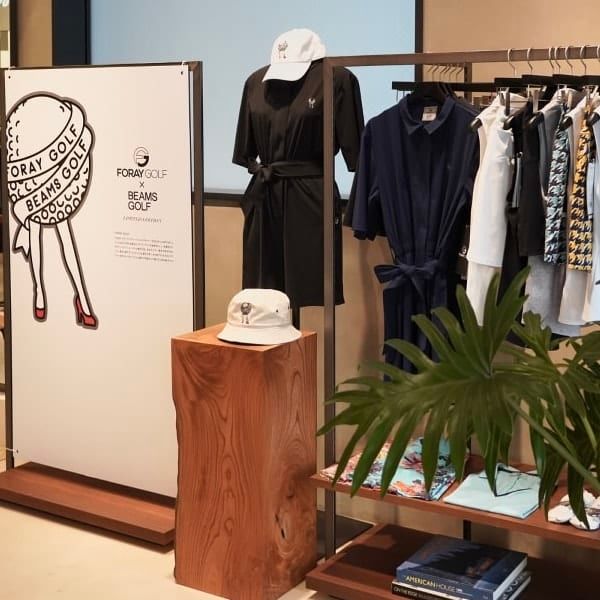
Her first “real job” was at American Eagle. In college she was a sushi chef – “That’s a long story” – but when she went to NYU she realized that getting into fashion, apparel, and retail was the path for her, although there wasn’t a clear way to do it.
“I just hustled. I had an internship and jobs the entire time,” says LaMothe, who counted a long-term gig with IMG’s fashion team as one of her most eye-opening efforts. She got to every Fashion Week show for five years, she says, and that helped to fuel her before she ran a retail shop in Boston for a stretch. It quickly became the No.1 women’s apparel store in the city.
LaMothe took all that learning and got a job with Victoria’s Secret in 2011 – a company she spent five years with before starting Foray.
The women’s clothing giant was part of the athleisure revolution at the time and as LaMothe saw how acceptable it was for women to wear leggings and comfortable pants in more and more public scenarios, there was a spark. Victoria’s Secret, she says, may not get the credit it deserves as an incubator for talent and retail development.
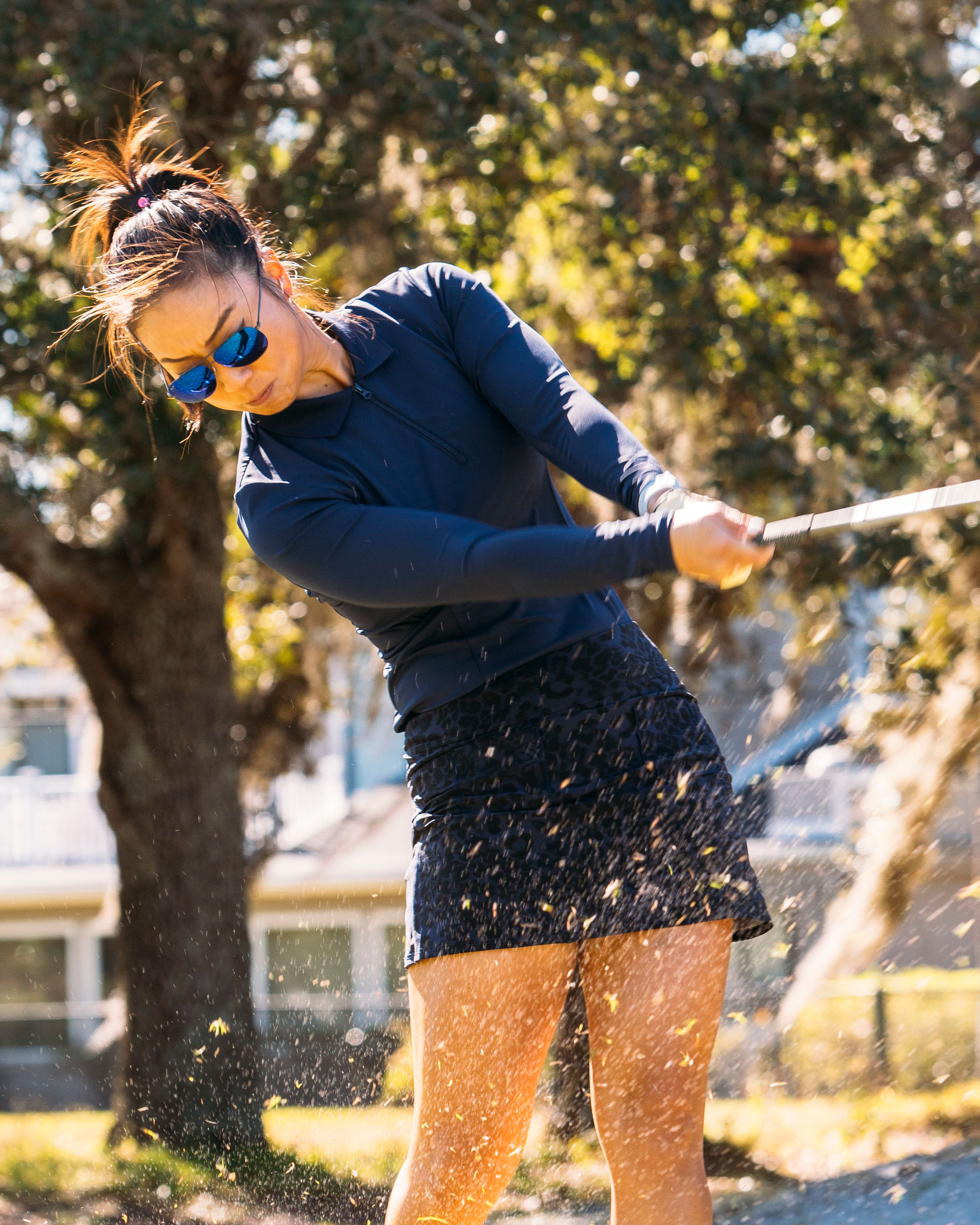
“(Victoria’s Secret) was a talent machine,” says LaMothe. “Seeing the amount of detail and care in a garment… People think it’s just fluff, but we have control of supply chain worlds. We had first right-of-refusal (for materials). We were an innovation hub – lighter, faster, stronger.”
LaMothe, who was a competitive tennis player while growing up before an injury to her knee sidelined her from the sport permanently, looked to golf to help scratch her competitive inch. But before starting Foray she was having trouble finding something to wear.
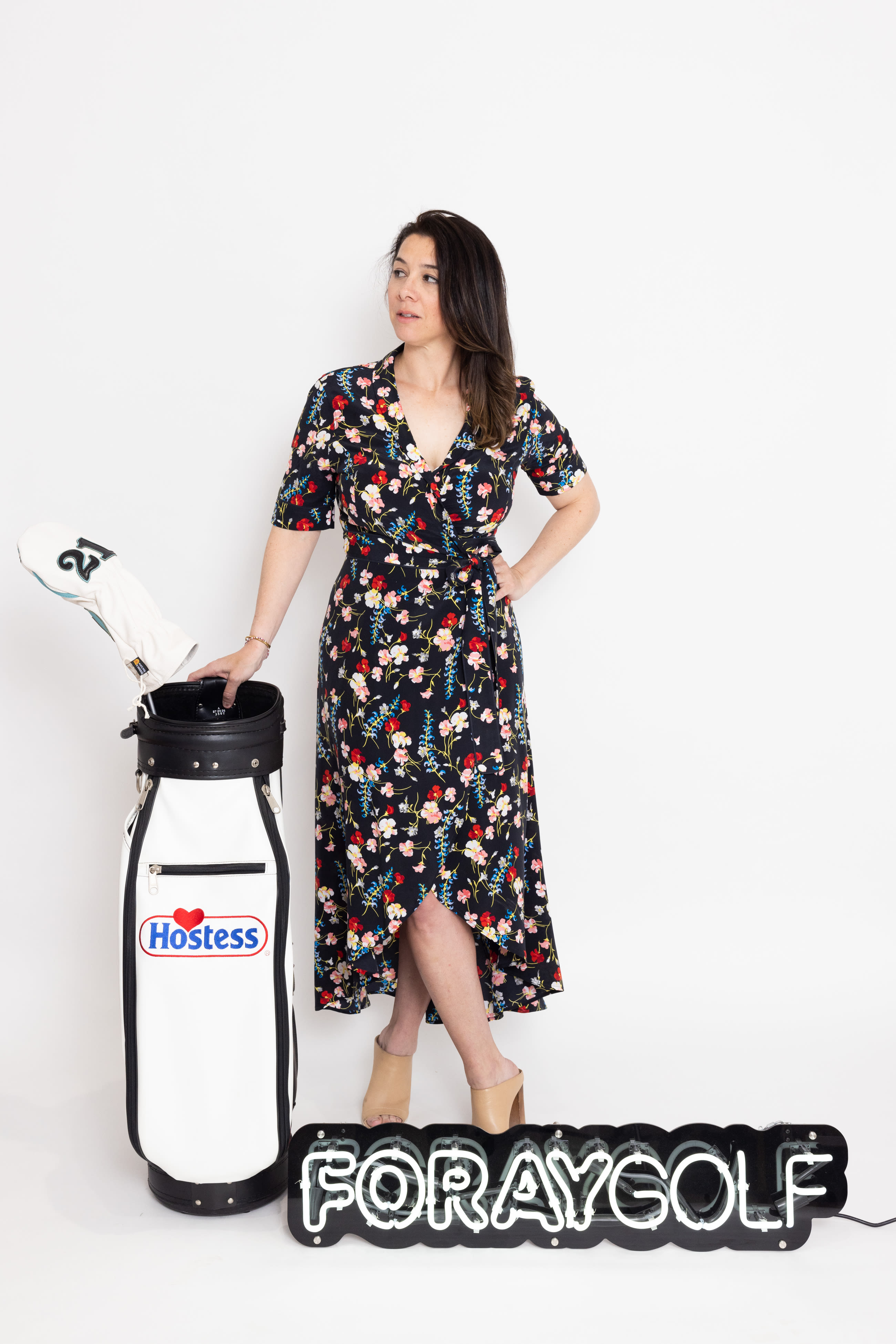
She remembers playing at Bethpage’s Red Course for one of her first rounds and she went to a popular fast-fashion clothing chain to purchase khakis, because that’s what she thought she was supposed to wear. There wasn’t any stretch, they were cotton, and they certainly weren’t sporty. She felt like it was Halloween, and she was wearing a golf costume.
“One of the barriers to entry for women is they think the clothing sucked,” says LaMothe. “You’re not going to not exercise because you can’t find a pair of shoes you like. That doesn’t make sense.
“Golf is one of those sports where it’s already very intimidating emotionally and physically. Standing on the tee as a beginner and not knowing what you’re doing is scary – so why would you have to worry about what you look like?”
Instead LaMothe – she now as a decent-size team, of which 90 percent are women – began a laser-like effort on pleasing this underserved female consumer. The rest is history.

There’s care and attention to detail, she says, as key pillars to the brand’s output. It’s worn on the LPGA Tour and at clubs across the country. She’s constantly striving for consistency in her garments and is continually searching for perfection. She reads every customer service email still. Foray donates to First Tee and Evan’s Scholars every year, too, as part of its effort to grow golf with young women. The Foray team prides itself on being good ‘makers’ but also really knowledgeable about its consumer.

And she still gets the pinch-me moments.
She played a Member-Guest the other week and was scoping the crowd only to find someone wearing a Foray shirt. It’s like a chef, she says, seeing someone enjoy their food.

“There’s so much time and energy into the recipe and picking the ingredients and have someone sit in front of a plate and say, ‘wow, this is amazing,’ is the ultimate,” says LaMothe. “To see someone enjoy it and be comfortable in it, it’s crazy surreal. It makes me proud.”

